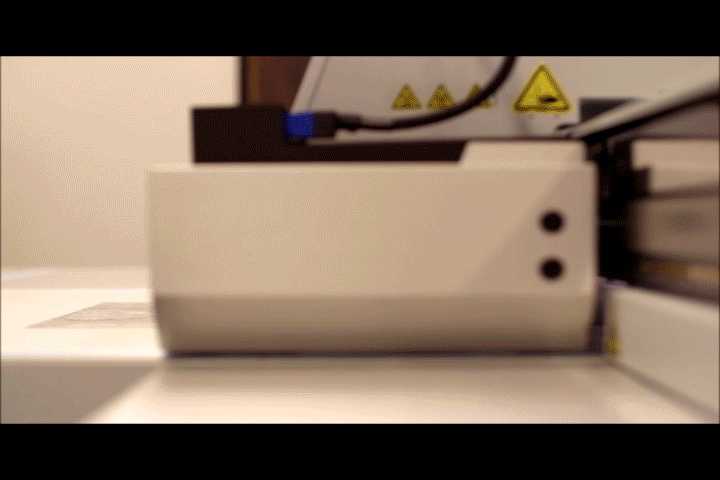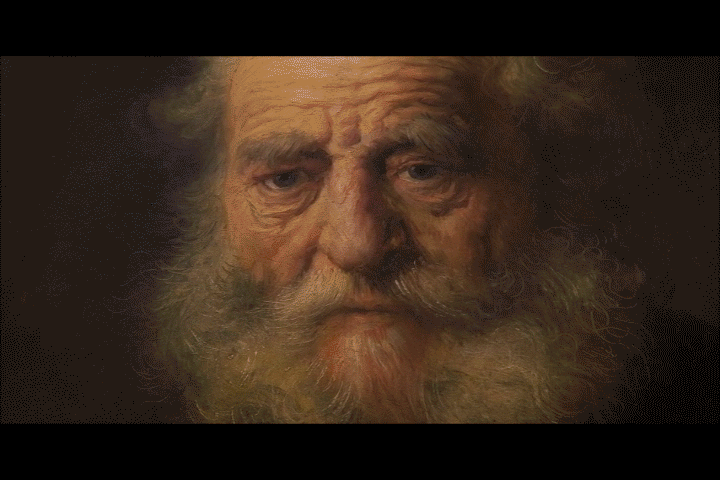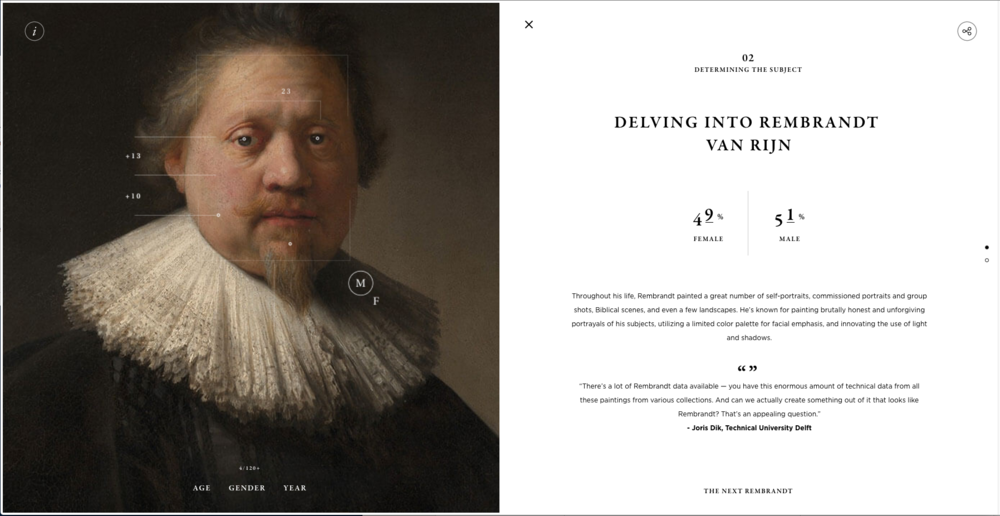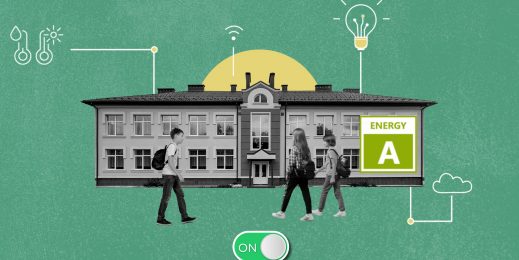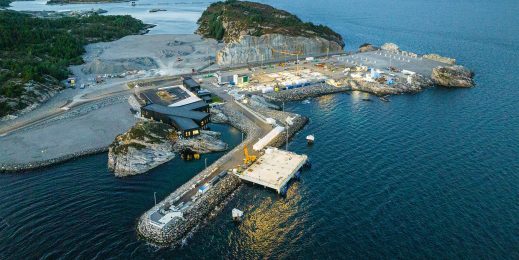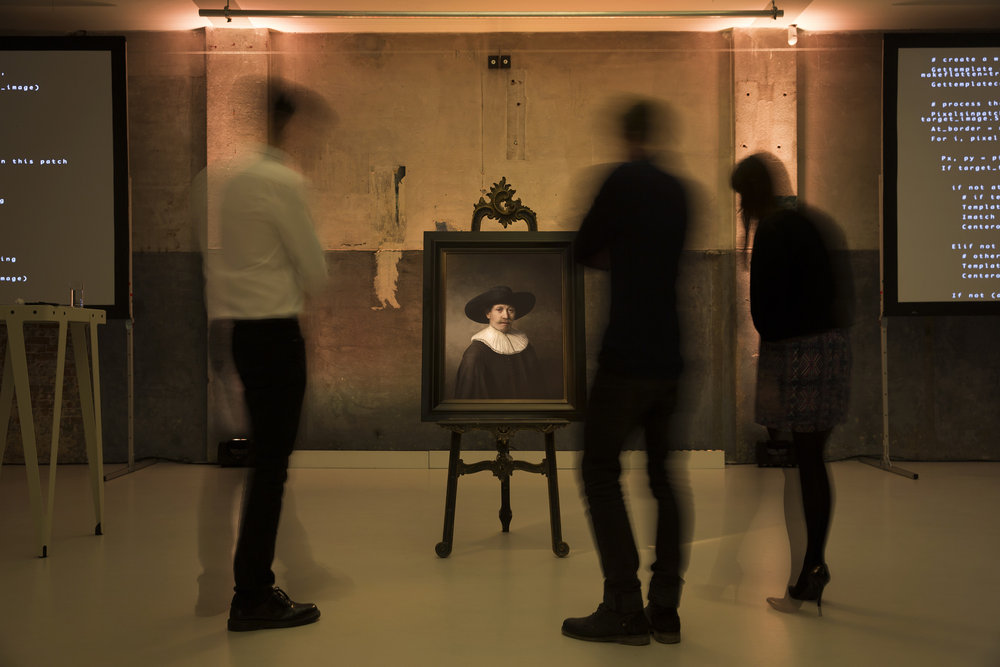
Blurring the Lines Between Art, Technology and Emotion
The Next Rembrandt
“I saw Jesus’ face and then it hit me.” Creative lead, Bas Korsten, had just read that a group of archaeologists had reconstructed Jesus’ face, based on three skulls they had found around Jerusalem. He wondered whether a similar approach could be applied to the work of one the world’s most famous artists, Rembrandt.
Blurring the boundaries between art and technology, The Next Rembrandt project is intended to fuel the conversation about the relationship between art and algorithms, between data and human design and between technology and emotion. “We wanted to stimulate the discussion on how data and the use of data could lead to innovation,” surmised Ron Augustus, Director SMB Markets, Microsoft Netherlands.
Last week, in an intimate space, in the trendy area of Jordaan in Amsterdam, The Next Rembrandt was unveiled to media and enthusiasts.
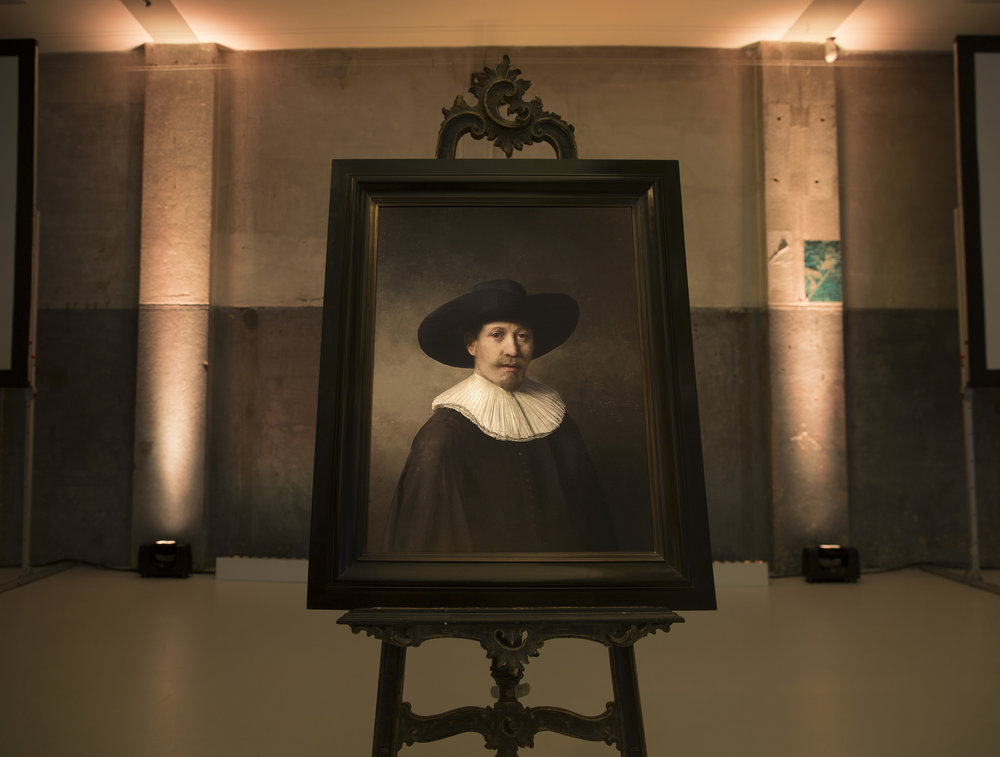
Rembrandt van Rijn (15 July 1606 – 4 October 1669) is considered one of the world’s greatest painters and a key figure in Dutch history, representing the Golden Age of painting in the Netherlands.
Like many of the Dutch master’s own pieces of work, the intriguing 17th Century subject of The Next Rembrandt painting invokes a deep emotional response, drawing you in with his expressive features, in particular his eyes, and making you wonder ‘who is the man in the painting’?
The truth is he doesn’t exist. Never has. This beautiful painting is 3D printed and the result of analysing data from Rembrandt’s body of work.
Finding passion and creativity in data
The final piece is not a copy of Rembrandt’s work and it is not what he necessarily would have painted had he lived longer than he had – it is a visualization of data in a beautifully creative form. It is a powerful demonstration how data can be, “… used to make life itself more beautiful,” added Ron Augustus.
Just as an artist can find themselves lost in their work, the experts had to live and breathe Rembrandt. Emphasizing the creative passion of the project, Emmanuel Flores, Head of Technology at J Walter Thomson, and the technical architect on this project, commented that, “Rembrandt was my wife. I was living with him, I was sleeping with him, I was a dreaming with him.”
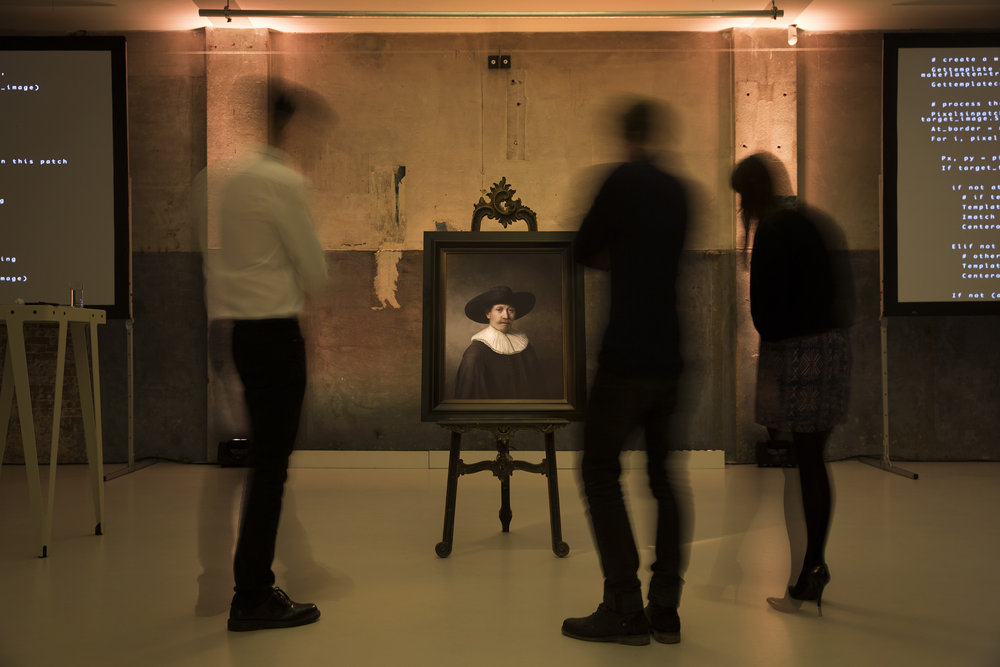
Data and technology offer a new frontier of creativity
It is hoped that this thought-provoking project will inspire people to innovate and explore the potential of data. An unprecedented opportunity to do new and great things creatively has been revealed, challenging the way we think about art, creativity and emotion.
Is this a piece of art? Can a programmer be considered an artist? Can this approach be applied to other artists, to music? The future is bright; we are only at the beginning of this exciting journey and people will naturally explore the boundaries and possibilities of data.
Commenting on the implications for Rembrandt art itself, art Historian Gary Schwartz notes that, “While no one will claim that Rembrandt can be reduced to an algorithm, this technique offers an opportunity to test your own ideas about his paintings in concrete, visual form.”
Paying respect to the Master
Given Rembrandt’s innovative and forward-thinking nature, the project team hope that the Master of Light and Shadow would appreciate their work. To put the time, energy and emotion into understanding his craft, Rembrandt may well have even been flattered.
The project is a cooperation between presenting partner ING Bank, advertising agency J. Walter Thompson Amsterdam, supporting partner Microsoft and advisors from Delft University of Technology (TU Delft), The Mauritshuis and Museum Het Rembrandthuis.

Microsoft Azure provided a secure and reliable platform from which to host and analyze the data. Its ease of use and flexibility ensured that the technical team working on the project could rapidly work on the data analysis. The cloud platform was integral to forming the basis of The Next Rembrandt.
The final portrait was created through a highly detailed and complex process which took over 18 months and used 150 gigabytes of digitally rendered graphics. This started with the analysis of all 346 of Rembrandt’s paintings using high resolution 3D scans and digital files, which were upscaled using machine learning. It was possible to generate typical features and, using an algorithm that detects over 60 points in a painting, determine the distance between these on the subject’s face.
The algorithm used to analyze the Rembrandt paintings ran Linux virtual machines (VM) on Microsoft Azure, giving developers enormous flexibility. They could quickly and easily switch between the cloud, used when extreme computing power was required, and on premise, to work on the algorithm with small amounts of the data and to render the final product. Azure batch services made it possible to use the algorithm up to 1,000 times in parallel.
Azure VMs helped this project with processing of the huge amount of data. With Azure it was possible to combine the best of Linux and Windows to make calculations in the cloud, on premise and with third parties.
Microsoft’s cloud platform was integral to the team being able to create an entire painting just from data, extracting the features that make a Rembrandt piece of art.
“This project shows a spark of the possibilities of intelligent data. Data is the new electricity, it has huge potential to help people and companies to achieve more. The project brings together my true passions: the way companies can grow efficiently by the use of technology and my background in art history. It is not often that these two worlds come together.” – Ron Augustus, Director SMB Markets, Microsoft
Find out more about Microsoft Azure, here.





